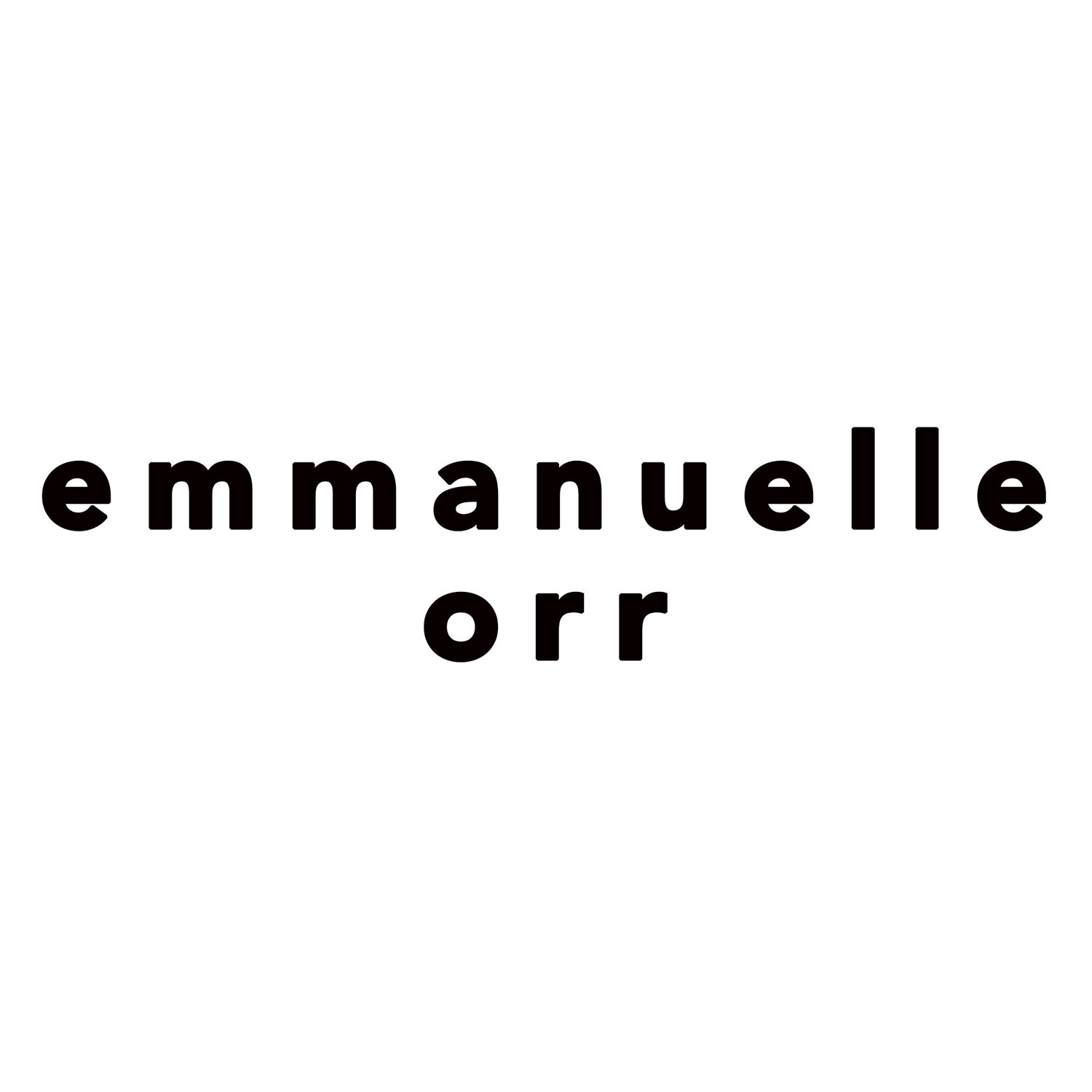Writing in light
Years ago, I worked on a project connecting the etymological meaning of the word photography to the object that is a photograph. Etymologically, photography means writing ( γράφω/ grapho) with light (φως/ phos) so I sought to bypass the camera and literally write with light using the photogram technique. It is a technique, used by artists such as Man Ray, where everyday objects are used instead of a developed negative to impress onto photographic paper; for that project, I wrote the French word for light (“lumière”) in ink on tracing paper and then exposed it onto photographic paper in the darkroom, as I would a negative.
Amusingly, there are parallel between this process and the way screens are prepared for screen printing (by coating them with photo-emulsion and then exposing a positive onto them). However what interests me today about my photogram exercise is how well it illustrates what I am trying to do with my neon prints: in my old exercise I was writing the word “lumière" with light, and my neon prints are another way of writing with light, or of using light to become a sign.
Neons in art are often used as a medium for a message-for example, look at Bruce Nauman’s work where layers of neons are used to bring attention to the words in the work, whether for their linguistic value (the puns within works like “run from fear/ fun from rear”), or their social or maybe political comment, (as in “100 live or die”). Neons in art are normally the signifier/the medium for a message, rather than the signified/ the message in themselves.
It is the same for the way neons are used in sex shop or other commercial places: they are here to point to a window display, a specific shop entrance, they grab our attention and direct us as punters into this or that specific place, or toward this or that specific product.
In my neon prints (and to a lesser extent, the photos they are based on), the neons become the message themselves. They cannot be attached to a specific place- indeed in a lot of cases, the shop where I took the photo may no longer exist; So the print works as a metaphor for a whole world of sex shops and peep shows, and for the entire red light districts they normally occupy.
They are not here to advertise a specific place but to represent them all, and the process I follow puts a distance between us and them: we are twice removed from the subject of the work, first via the photo I took and secondly via the print I made from that photo. We are peering at this world from the position of a voyeur, safe from a distance- we are never part of that.
And what do we see in it? In a world meant to provide fleeting connections, the warmth of flesh or the illusion of love, we never see anyone. We see the neons, we see the doorways, and the empty wet streets. We see the remnants of nights looking for love or sex once the protagonists have gone, we see the illusions that the neon lights offer.
With my neon works, I am trying to write with light about a disappearing world where the lonely people collide and miss each other.
